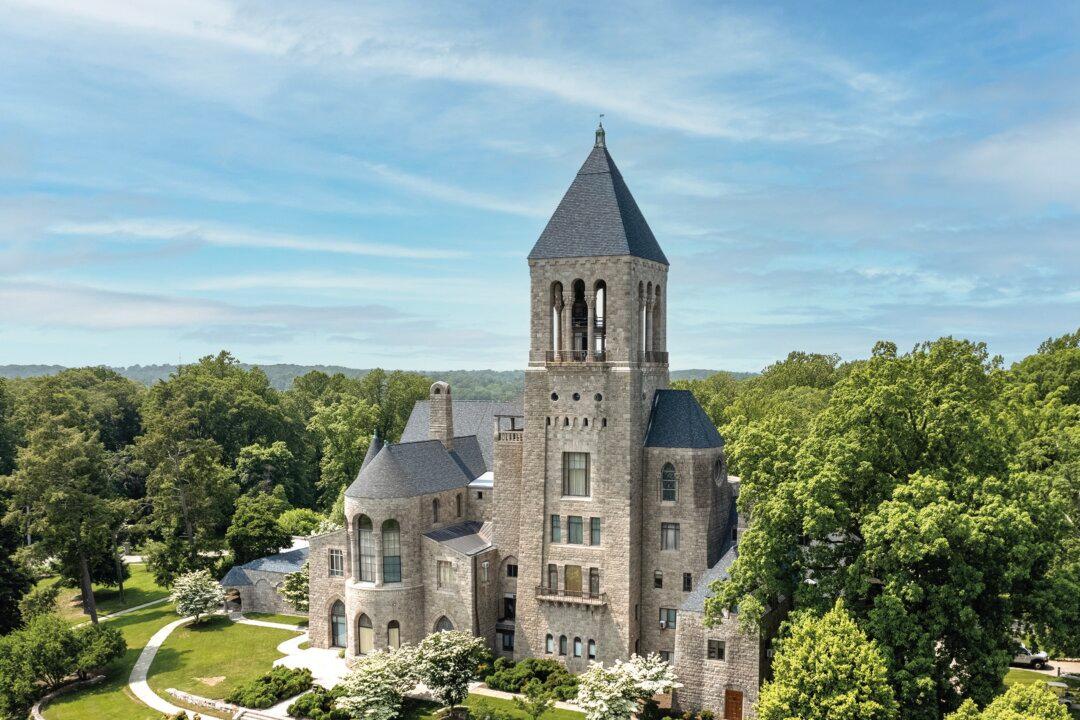Perched atop a verdant hill and towering over the rolling countryside of Bryn Athlyn, Pennsylvania, Glencairn Museum makes for an inspiring stopover. While there are art and artifacts aplenty inside, it’s the building itself that’s the real story.
From the moment you approach the building’s façade, you know you are in for something special. Chiseled out of hefty blocks of granite, Glencairn boasts an imposing façade right out of the Middle Ages—steeped in the popular Romanesque style of the 10th to 12th centuries. It’s got it all: cloisters, courtyards, towers, and soaring chimneys. The only thing missing is a moat.





